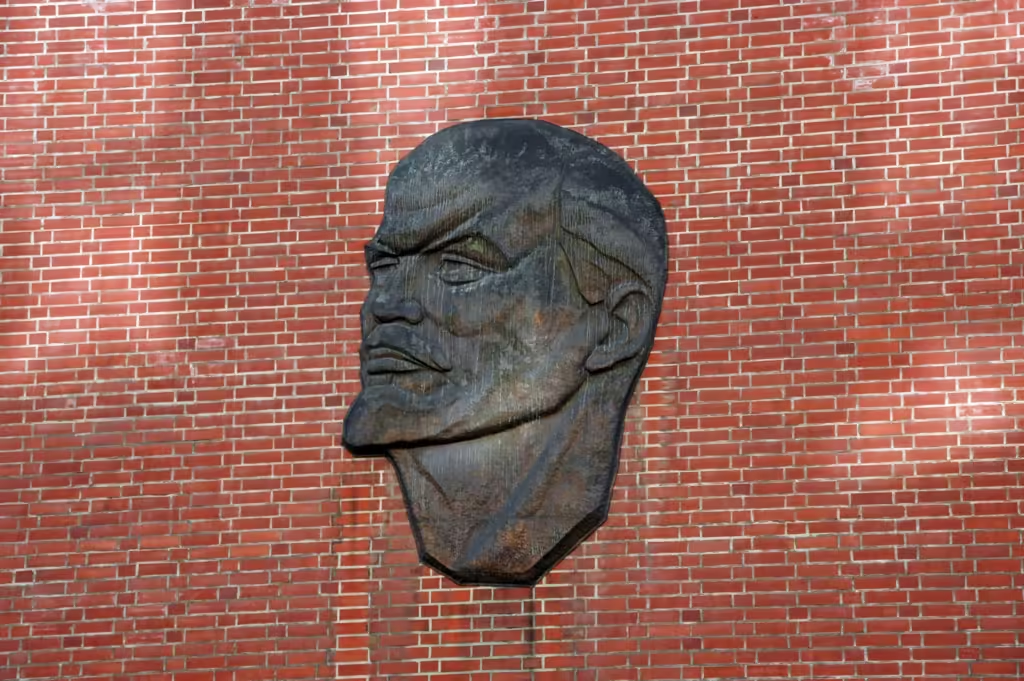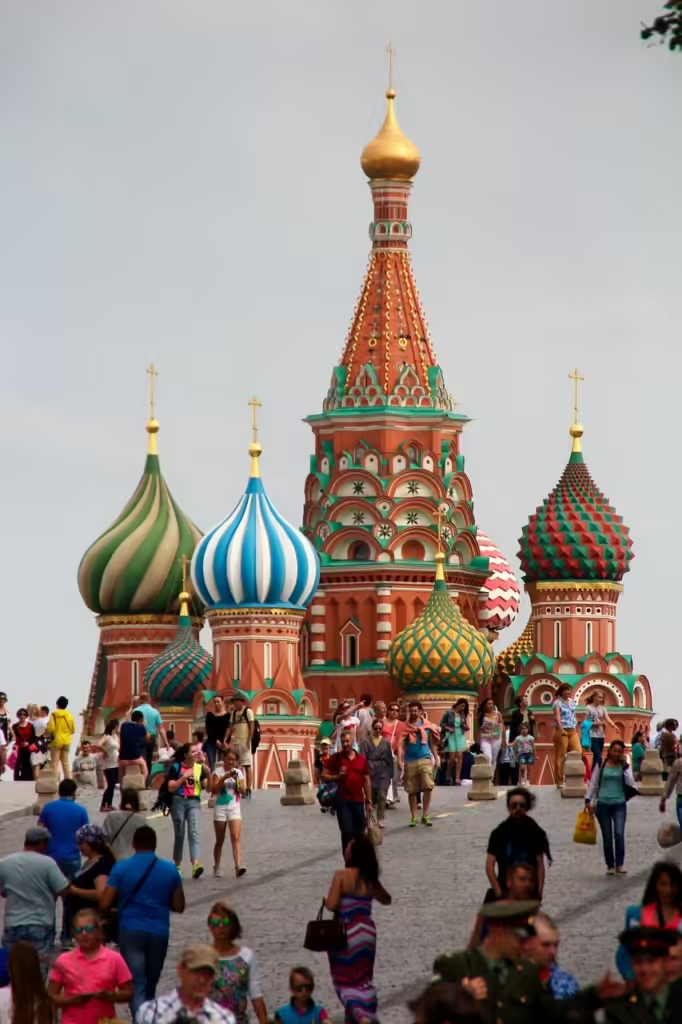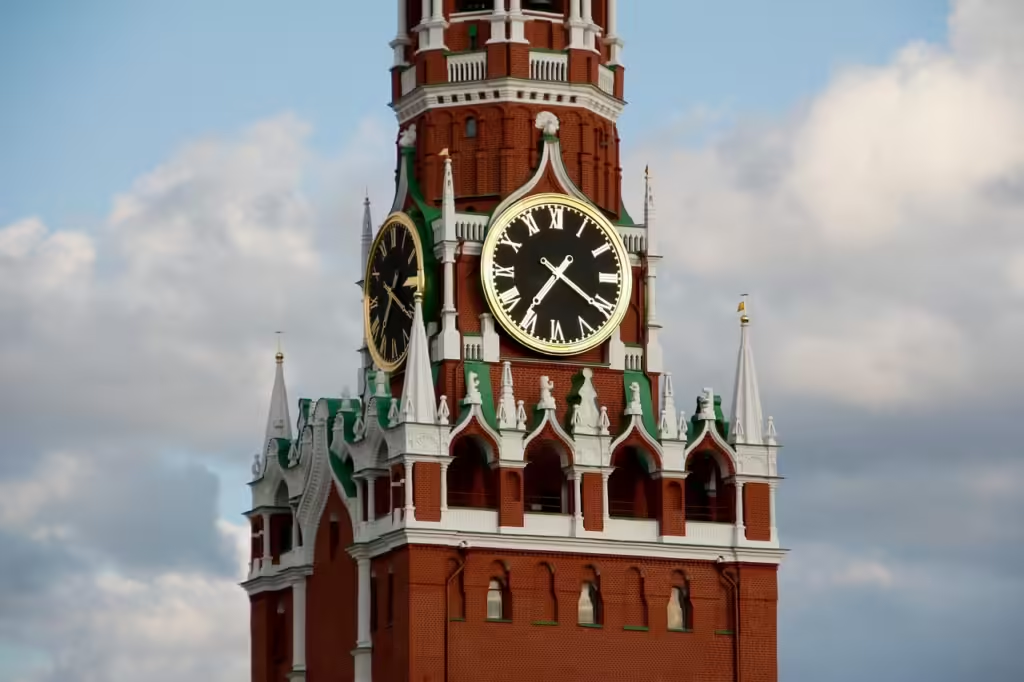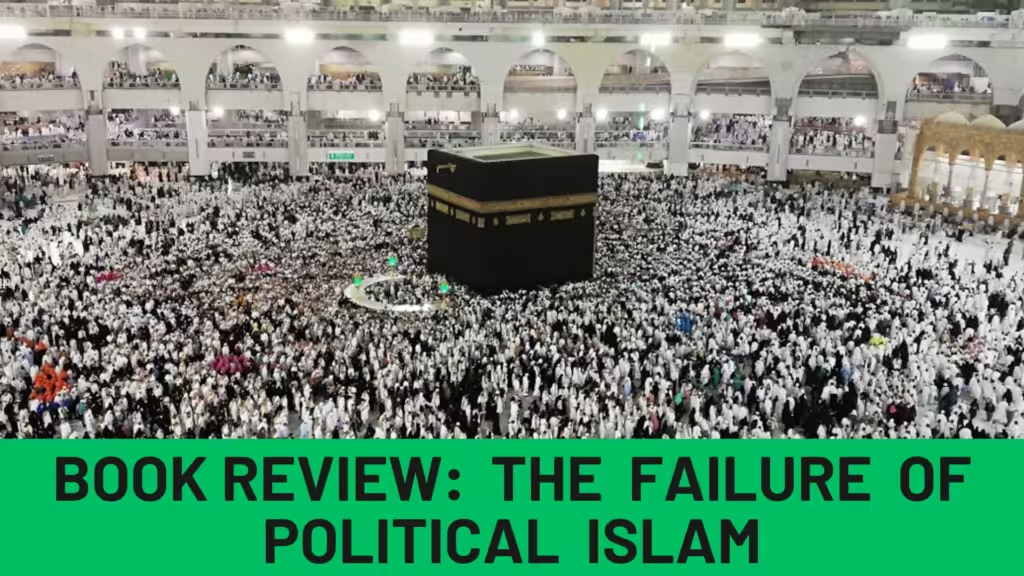In 1921, Vladimir Lenin initiated a new economic agenda for the Soviet Union, which had been seriously harmed by years of struggle. The New Economic Policy, or NEP, was the name given to it. It incorporated both a market economy and a socialist economy, resulting in a mixed economy in which private businesses coexisted with large government corporations. In addition, the policy diluted the communist aspect of the economy, as well as the wartime communism that had been introduced after the October Revolution. Small companies were effectively run by private individuals, while large corporations, banks, and industries were regulated by the state. In agriculture, it repealed prodrazvyorstka, or forced grain requisition, and substituted it with a grain tax on farmers’ produce.

Lenin’s New Economic Policy (NEP)
The Bolshevik Revolution began in 1917 and lasted until 1920, during which time the Bolsheviks used coercion and decrees to control the economy. Farmers were forced to sell their produce at predetermined prices, and industrial products were confiscated. Though they were able to keep supplies going for a while, the economy was destroyed as farmers stopped making in the absence of good remunerative prices. This resulted in a significant economic deficit. Food shortages caused chaos in urban areas, which were Bolshevik strongholds due to their labour force.
This resulted in a large-scale migrant migration to rural areas, particularly from northern industrial areas like Petrograd. Cities’ factories were forced to close due to a labour shortage. Staff began to demonstrate against the communist party in some areas. As a result of years of war and struggle, the economy was ravaged. This inspired the communist party to implement economic reforms.
By nationalising all enterprises, the Bolshevik Revolution attempted to create a socialist economy. However, this posed its own set of problems. As a result, the new policy encouraged the creation of new private businesses. International investment was also needed to restore the economy, so some sort of private capital incentive was required. Not only did Lenin liberalise the economy, but he also encouraged foreign investors to invest in Russia.
Within a few years, private property, private industry, and private income were largely restored in the Soviet Union, reversing socialist policies. Lenin claimed that Russia lacked the requisite material production to achieve state socialism, citing Marx’s assertion that capitalism must reach full maturity before a communist revolution would occur.

Peasants made up the bulk of the Soviet population. As a result, the NEP was largely focused on agricultural reforms. Prodrazvyorstka, the method of compulsory grain requisition, was abolished which was replaced with a grain output levy. Farmers were permitted to sell the remainder of their produce at the auction. A substantial increase in agricultural production was achieved as a result of the new agricultural policy. Peasants produced more as a result of the opportunity to sell the surplus.
When combined with other anti-feudal reforms, production surpassed that of the pre-revolutionary era. The NEP gave birth to a new group of people known as NEPmen. They were small-time traders who dealt with agricultural products and other consumer goods. They became wealthy merchants over time, which caused society to have a negative attitude toward them. The emergence of the new wealthy was also in opposition to socialism. The free market sale of surplus created a class of wealthy peasants known as Kulaks, who owned more lands and thus could produce and sell more produce. As a result, the NEP exacerbated social class differences.
The NEP aided in the recovery of the economy, which had been harmed by years of war and civil war. Economic activity had recovered to pre-war levels by 1928, i.e. 1913. Agriculture production peaked at 80 million tonnes in 1913, then dropped to 50 million tonnes in 1921 before rebounding to 72 million tonnes in 1925. Similarly, between 1921 and 1924, industrial output increased and wages doubled. The increase in food grain production resulted in the availability of food in cities being restored. In the ranks of the Bolsheviks, the NEP triggered a schism.

It was divisive among the Bolsheviks from the start, with many seeing it as a betrayal of the revolution. It was defended by Lenin himself as a necessary interim step in the transition to socialism. Furthermore, it suggested that the socialist policies implemented during the war had failed, indicating a shift away from socialist policies. Many young people who believed in communism and participated in the Bolshevik revolution were disillusioned by the NEP. Since the policy’s implementation, Stalin has been opposed to it. When he took charge of the party in 1928, he put an end to the scheme. Stalin implemented five-year plans and transitioned the Soviet Union to a fully planned economy.
To improve productivity and invest the surplus in the manufacturing sector, he implemented collectivization in agriculture. Even though the NEP was only in operation for a few years, it had a huge impact on the recovery of the battered economy as a result of years of turmoil. It also served as a blueprint for a mixed economy in several countries around the world.
Stalin’s role in the Economic Development of the Soviet Union
Following Lenin’s death in 1924, Joseph Stalin assumed command of the Soviet Union and became its de facto leader by the 1930s. He governed from 1927 to 1953, during which time the Soviet economy transitioned from agrarian to commercial. He put an end to Lenin’s new mixed-economy strategy and ushered in the era of the planned economy. To improve the economy’s efficiency, he implemented collectivization in farming and five-year central plans in the industrial sector.
In 1921, Lenin introduced the New Economic Policy to help the economy recover from the damage caused by the civil war. This effectively diluted much of the substance of the socialist scheme that had been introduced after the Bolshevik revolution. The economy recovered as a result of Lenin’s new policies, with agricultural and industrial production returning to pre-war levels. As a result, in the mid-1920s, Stalin had a thriving economy.

The Lenin NEP had always been divisive among communists, with many desiring its abolition. Stalin put an end to it in 1928, ushering in new economic policies focused on farm collectivization and dekulakization, as well as large-scale industrialization by centralised resource planning.
Stalin accused the Kulaks of hoarding grains and profiteering due to their agricultural policies. He seized their grains and put them under arrest. The politburo approved the dekulakization programme, and many kulaks were sent to concentration camps, where they died. The establishment of collective farms and state farms resulted from the mass collectivisation of farms. These farms were allocated to the peasants as a community, with yearly goals set. By 1936, 90% of the peasants had joined the collectivised farms. Lack of motivation to produce more resulted in a drop in production and resulting famines. The
metallurgical industry was encouraged to manufacture agricultural machinery, such as tractors and mechanical harvesters, to boost productivity. In Russia, collectivised agriculture still accounts for the majority of agricultural production.
Stalin’s Industrial policies
The Soviet Union introduced a planned economy to reduce waste from free market competition and direct investment toward large-scale industrial production. In 1928, the first five-year plan was implemented. Large-scale projects such as the Baltic White Sea Canal and the Moscow metro were launched, resulting in a surge in labour demand. As a result, a significant number of people moved to the cities. In certain cases, even forced labour was used. Employees were encouraged to work harder and for longer periods. The Stakhanovite movement began as a way to encourage workers to work harder after a miner named Stakhanov set mining records by mining several times more coal than his quota.
Rapid economic growth was seen during the first three-year plans (1928-40). As compared to the prevailing Great Depression in the United States and the rest of the world, this was important. The Soviet Union’s industrialization from an agrarian economy motivated many post-colonial Asian leaders, including Nehru, to pursue planned economic growth. Before Gorbachev began liberalisation in 1985, the Soviet Union’s economy was planned and factories were nationalised.
Stalin’s industrial policy favoured heavy industries such as machine and capital equipment, metallurgy, oil and gas, infrastructure, and chemical manufacturing. As a result, the economy’s industrial distribution became distorted, with consumer products being overlooked. The Soviet Union became one of the world’s most industrialised countries, but its consumer markets lagged well behind those of other developed nations. This resulted in a shortage of certain consumer products and the black marketization of others, such as cigarettes. Natural resources such as coal, steel, and, especially, oil and gas, were also important to the economy. Due to an over-reliance on natural resources, the collapse in oil prices in 1985 caused a crisis in the Soviet Union.
Conclusion
Stalin’s policies resulted in Stalin’s command economy transforming the Soviet Union’s economy from a largely agrarian economy to a world leader in industrialization. It also helped the Soviet Union improve its defensive capabilities and become a superpower by the Second World War a global conflict Because of its technological growth, the Soviet Union was able to enter the space industry and became the first country to send a man into space.
Though several analysts later questioned the high claims of high economic growth, it is thought to be in the region of 3.5 per cent. In comparison to the United States and Western European countries, the collectivization of agriculture resulted in the underdevelopment of Soviet agriculture. Heavy industries, defence, and infrastructure continued to dominate industrial production. Factory and construction site working conditions were poor, resulting in poor health and the deaths of hundreds of thousands of employees.




